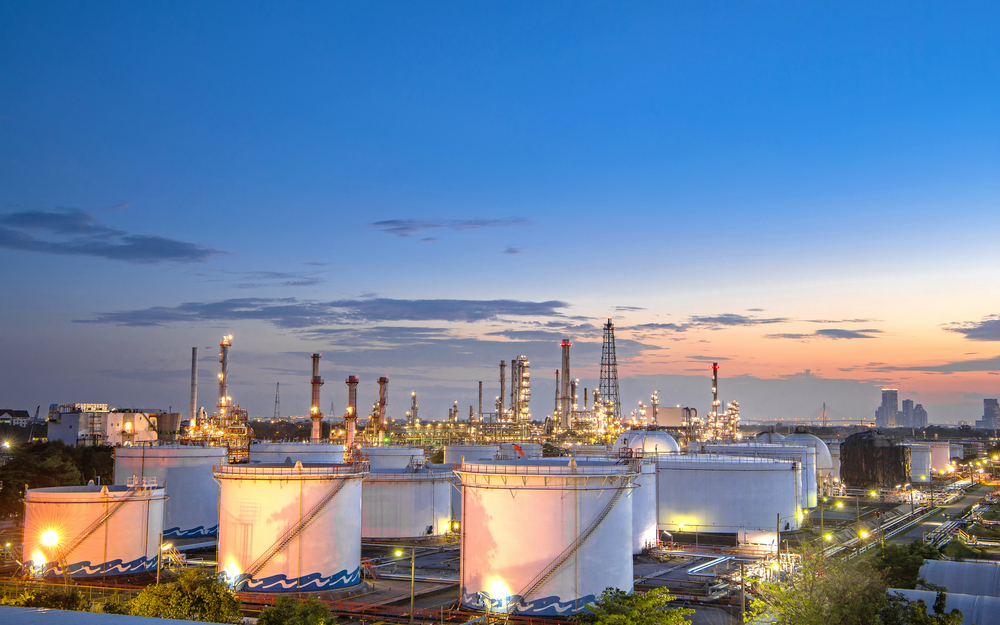
- admin
- October 24, 2018
3 Most Common Types Of Industrial Tanks In The USA
In the USA, Industrial Storage Tanks serve the purpose of storing large amounts of gases and liquids under no or very little pressure. These are mostly shaped in cylindrical form and placed at a perpendicular or ninety degrees to the ground. They have flat bottoms and floating roofs.
Made under specified conditions
Such tanks are made under the stringent regulations passed by the Federal authorities using only specified materials and following stringent quality control processes. They are created so that voluminous liquid and gas can be stored safely for long periods of time.
Shapes vary according to use
Shape and size are among the parameters that vary depending on the industry vertical where used. They can be vertically or horizontally cylindrical with open or closed tops. The bottom too can have different shapes that range from flat, cone-shaped to slope-bottom and dish-bottom.
They are used in the industrial sector in large numbers and their types differ depending on the specific plant where they are used.
The three main types of Industrial Storage Tanks in the country
Bullet Tanks that have a flat or sphere shape that is mostly used in big plants. These are preferred when storing liquefied gases with extremely low melting points such as Butane and Ammonia.
The liquids are stored below minus 148 Fahrenheit in the long and cylindrical tanks giving them the name. The capacity of these tanks can range anywhere between five thousand to thirty thousand gallons. These tanks are able to hold the fuel along with other additives for a host of plant operations.
Tanks with Internal Floating Roof or IFR are popularly used to store liquids having low melting points like Gasoline and Ethanol. They derive their name from their cone shape and floating roof that is suspended within the tank. The roof thus can be seen floating along the liquid increasing and decreasing in height with the liquid level. When the tank is empty, the roof stands on the legs on which it is placed.
Tanks with External Floating Roof or EFR have open tops and are mostly without a permanent roof. Such tanks are best for storage of industrial kerosene, diesel and crude oil – all of which have a low density.
A radar gauge is kept mounted on the external floating roof to prevent accidental falling of anyone within the tank. At the same time the gauge protects the liquid from any external contamination.
In most cases, such tanks are equipped with a roof reflector to enhance the radar dimension. This is usually carried out by the installation companies.
All the three variants are Above-Ground Storage Tanks as distinct from the Underground Storage Tanks.
Apart from the chemical liquids and gases they can also be used to store water and waste material resulting from industrial processes.
Though different from pressure storage tanks, these are capable of handling the pressure resulting from the stored materials under specific conditions.
Category
- Above Ground Fuel Tanks
- Above Ground Gas Storage Tank
- Above Ground Storage Tanks
- Above Ground Water Storage Tanks
- Agricultural Tanks
- Chemical storage Tanks
- Diesel Fuel Storage Tanks
- Diesel Storage Tanks
- Exernal FloatingRoof Tanks
- Farm Water Tank
- Fiberglass Oil Tanks
- Fiberglass Septic Tanks
- Fiberglass Tanks
- Fiberglass Underground Fuel Storage Tanks
- Field Erected Tanks
- Floating Roof Tank
- Food and Beverage Tanks
- Fuel tank
- Industrial Chemical Storage Tanks
- Industrial Gas Tanks
- Industrial Hot Water Storage Tanks
- industrial hot water tank
- Industrial Plastic Tanks
- Industrial Storage Tanks
- Industrial Tank heating pads
- industrial tanks
- Natural gas
- Natural gas vs Propane
- oil storage tank
- Oil Storage Tanks
- Peracitic Acid
- Petroleum Tanks
- Residential gasoline storage tanks
- Residential Water Storage Tanks
- Sodium Hydroxide Storage Requirements
- Sodium Hypochlorite Storage Tanks
- Steel Storage Tanks
- storage tank failure prevention
- Storage Tanks
- Sulfuric Acid Tanks
- Uncategorized
- UnderGround Storage Tanks
- Waste water tank
- Water Storage Tanks

 Tank Size Calculator
Tank Size Calculator





